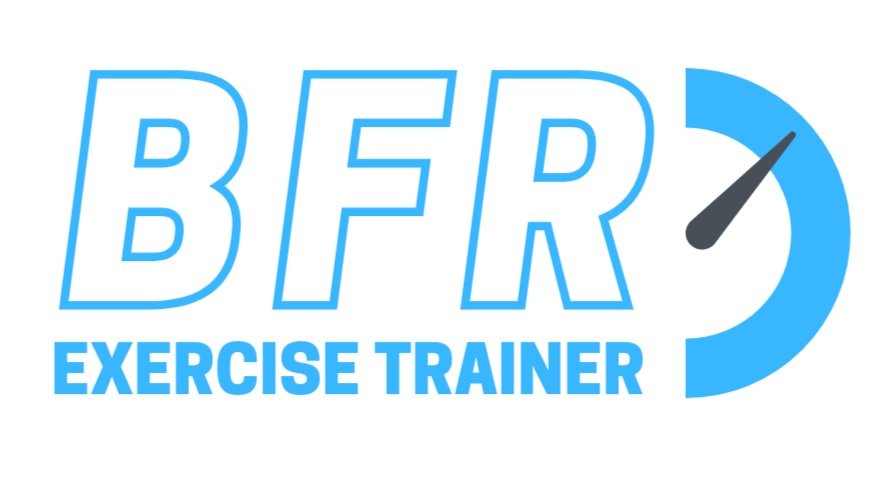What is Blood Flow Restriction (BFR)?
Exercise with BFR consists of performing resistance or aerobic exercise with mechanical compression applied to the proximal portion of the exercising limb(s).
Compression of limb(s) can be achieved using inflatable cuffs or elastic bands, each of which serve to reduce arterial blood flow going to the working muscle while limited most of the venous return out of the limb.
Why use exercise with BFR?
Exercise with BFR is emerging as an effective training option to increase muscle size, strength, and function in healthy, clinical, and athletic populations. The main advantages that BFR exercise has over traditional training are:
Increases in muscle size and strength are achieved at low training intensities
These adaptations occur faster with BFR
Increases in muscle size and strength can be stimulated using both resistance and aerobic exercise
Accordingly, BFR offers an alternative option for improving muscle size and strength in populations such as the elderly, those with orthopedic limitations, and various diseased states, to whom higher intensity exercise may be difficult or contraindicated.
This modality is endorsed by the American Physical Therapy Association (APTA) and is currently being used in clinical rehabilitation and sports medicine settings.


